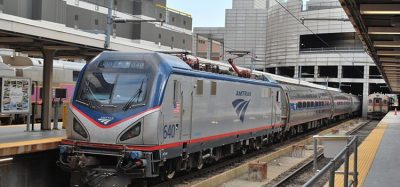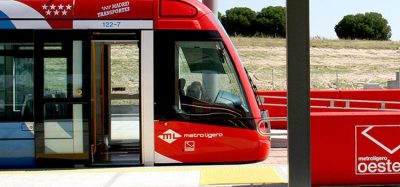Škoda Group’s first battery operated train is released
Posted: 16 December 2024 | | No comments yet
The first Czech battery train from Škoda Group was officially presented at Ostrava-střed railway station last weekend. It is a symbol of a new era on non-electrified lines in the Czech Republic. After its premiere run to Frýdek-Místek and back, the unit became an official part of regional transport and has been regularly serving the S8 line in the Moravian-Silesian Region since Sunday 15 December.
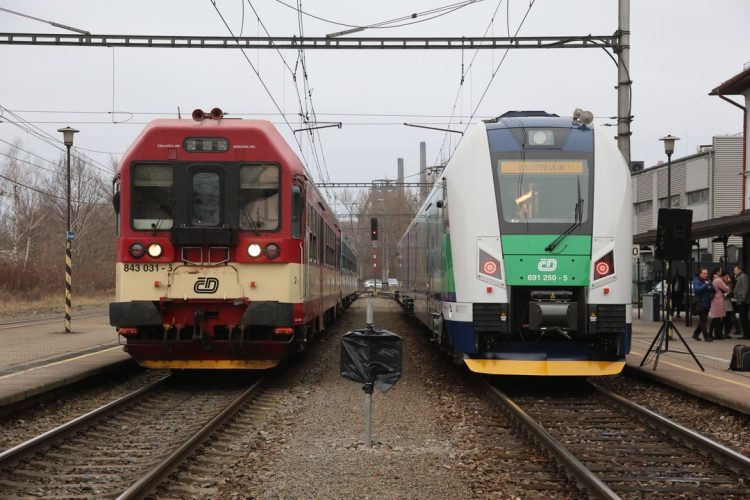

The inauguration of the train was attended by distinguished guests, including the Minister of Transport Martin Kupka, CEO of the Czech Railways Michal Krapinec, the Governor of the Moravian-Silesian Region Josef Bělica and Tomáš Ignačák, Vice-Chairman of Škoda Group.
“Our new battery train is a technological milestone that continues our long tradition of innovation in transport. Already in the 1930s – at a time when most people were just beginning to think about similar technologies – we produced the first battery locomotive,” said Tomáš Ignačák, Vice-Chairman of the Board of Directors at Škoda Group. “We have built on these foundations in modern times – from battery-powered trams to trolleybuses to this train. It is another step on the road to environmentally friendly, flexible, and sustainable transport and proof that Czech industry can be at the forefront of innovation. Passengers can look forward to a comfortable ride on a modern vehicle. Low floor boarding with wide doors, space for orthopaedic wheelchairs, prams and bicycles, a spacious toilet and, of course, Wi-Fi or sockets for charging small electronics,” he added.
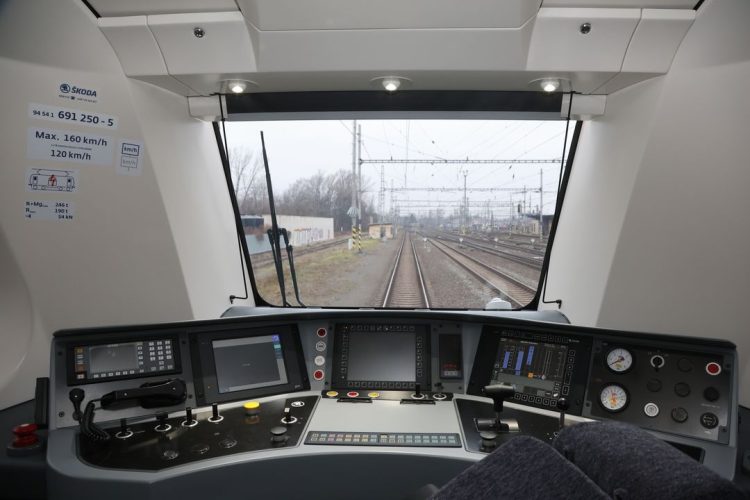

“The Czech railway is undergoing a qualitative change, which includes the deployment of modern vehicles on more lines. Increasing comfort and reducing journey times is often not possible without electrification. Not everywhere, however, it is possible to electrify the lines in the foreseeable future or, for example, due to the natural environment around the tracks, the power lines cannot be easily located; and this is where there is a place for battery trains,” said Martin Kupka, Minister of Transport of the Czech Republic.
Battery train: the new standard for regional rail transport
The battery unit from Škoda Group is the first train of its kind not only in the Czech Republic, but also in the history of the Czech railway industry. This modern train is based on the platform of the proven RegioPanters, which are already successfully serving in most regions of the Czech Republic and abroad. The battery train is equipped with advanced LTO batteries, which enable operation even on non-electrified lines.
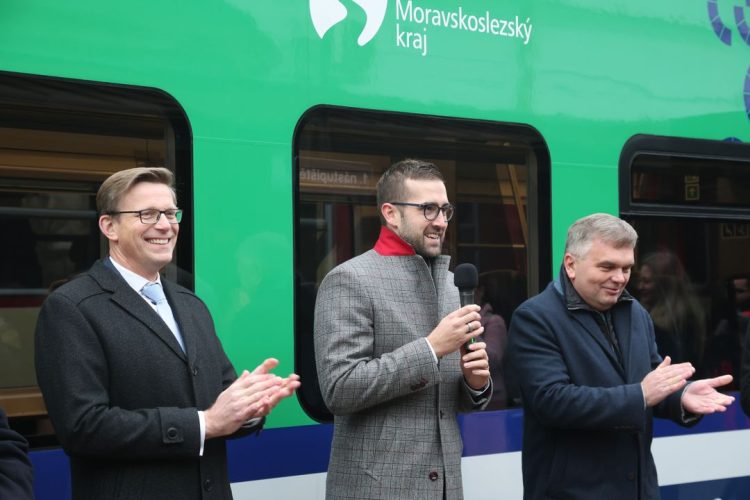

The batteries are charged from both the DC and AC mains, with a full charge taking just 25-30 minutes depending on the voltage type. The train can travel up to 80 kilometres on a single charge, making it an ideal choice for regional transport. Compared to diesel units, the battery train offers faster acceleration, quieter operation and zero local emissions. It can reach speeds of up to 120 km/h when running on battery power and up to 160 km/h on electrified sections. Of course, the train is equipped with ETCS.
The battery train brings significant savings and greater flexibility to rail operators. The units can serve both electrified and non-electrified lines, eliminating the need to combine different types of trains. This versatility simplifies route planning and operations, reducing the overall cost of purchasing, maintaining, and operating the fleet.
For passengers, the new train brings exceptional comfort. Low floor boarding with wide doors will facilitate access for people in orthopaedic wheelchairs, the elderly and families with prams. The spacious interior offers plenty of room for luggage, bicycles, and sports equipment, which will be especially appreciated by people travelling for leisure. The train has Wi-Fi, electrical outlets for recharging small electronics right by the seats, and modern barrier-free toilets with a changing counter.
In addition, battery power ensures much quieter operation compared to diesel trains, which contributes to greater comfort for passengers and less noise around the tracks. The absence of local emissions means a greener operation, which contributes to environmental protection and the quality of life of residents near the railway.
“Our aim was to create a train that will increase passenger comfort and at the same time support the transition to environmentally friendly transport. This train is a promise of a modern and sustainable future on Czech railways,” added Tomáš Ignačák.
Related topics
Rolling Stock Components (Interior/Exterior), Rolling Stock Orders/Developments, Sustainability/Decarbonisation





